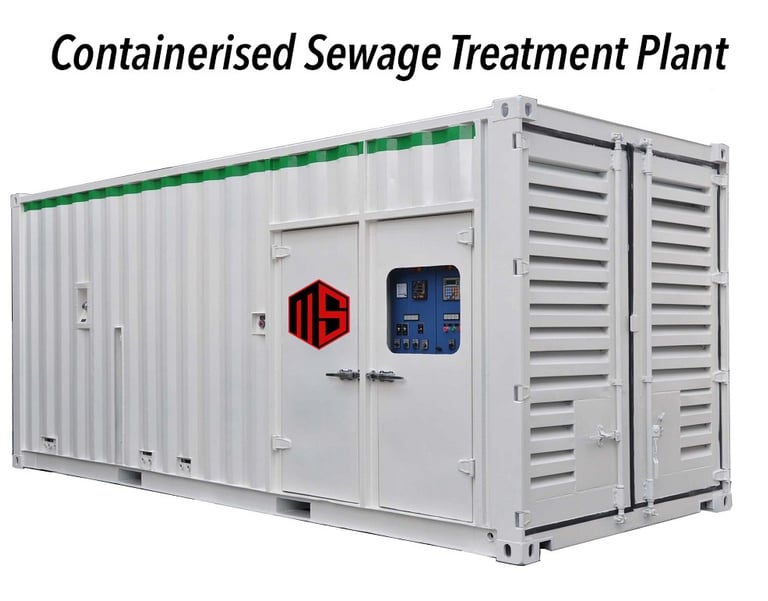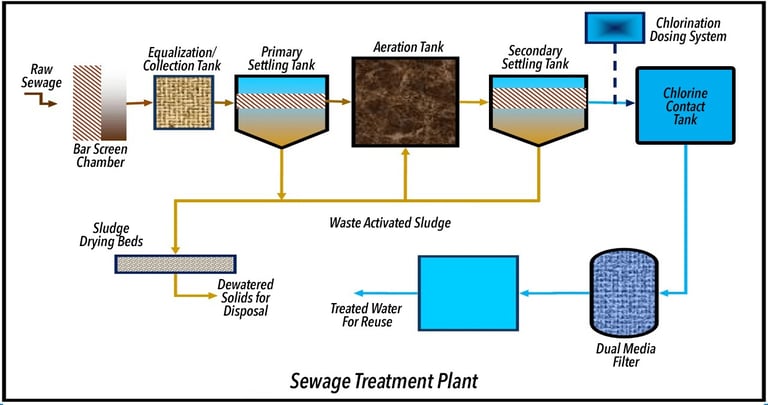
WATER MANAGEMENT SYSTEMS
Water Purification Systems
Water Resources are natural resources of water that are potentially useful for humans, as a source of drinking water supply or irrigation water. 97% of the water on the Earth is salt water and only three percent is fresh water; slightly over two thirds of this is frozen in glaciers and polar ice caps. The remaining unfrozen freshwater is found mainly as groundwater, with only a small fraction present above ground or in the air. Water is a fundamental requirement for the survival, well-being and socio-economic development of all humanity. We must conserve water for the benefit of all.
Every mining project requires water for its human and industrial activities. To ensure fresh water is potable and suitable for human consumption, samples of raw water must first be tested for its quality. Based on the test results, a customised Reverse Osmosis Water Purification System is designed to make the water safe to consume.
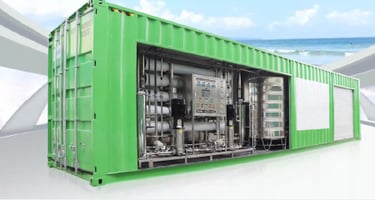

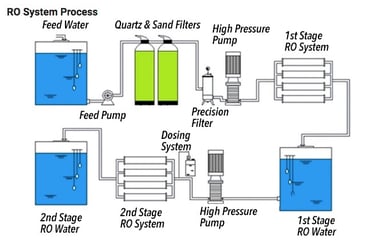

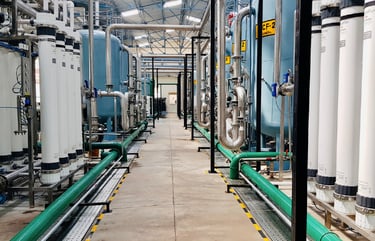

5000 LPH Containerised RO System
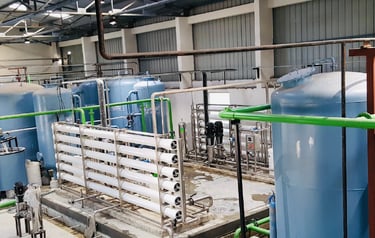

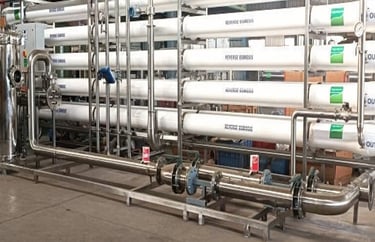

60,000 LPH Reverse Osmosis System
The ultimate size of the system depends on the quality of raw water input and volume of processed water requirements.
The purification process requires filtration, softening, two-three or more stage reverse osmosis, ultraviolet treatment to eradicate viruses, bacteria and other impurities.
Typical RO Flow Chart

Wastewater Treatment Systems
Treating water from harmful toxins and chemicals is extremely essential. The tremendous usage of water has caused an acute shortage of it in many places. In such situations, purifying wastewater and reusing where possible is vital.
Effluent Treatment Plant (ETP) is a system that removes toxic and non-toxic material from water and making it usable for various purposes like irrigation, gardening, car washing, toilet flushing etc. Sewage Treatment Plant (STP) removes contaminants from municipal wastewater or household sewage.They are commonly used in communities and labour camps to reduce the toxicity of sewage water, so that it can be reused for other purposes like irrigation, dust suppression, etc.
Containerised sewage treatment plants are standard ISO containers that have STPs installed inside. It is a cost effective method for transporting the entire waste water treatment system from one location to another, which is particularly useful for temporary camps like mining and construction sites. A packaged containerised plant incorporates primary treatment, biological treatment, settling, and tertiary treatment into a single container, depending on the capacity. For higher capacities, a separate container may be required for tertiary treatment.
